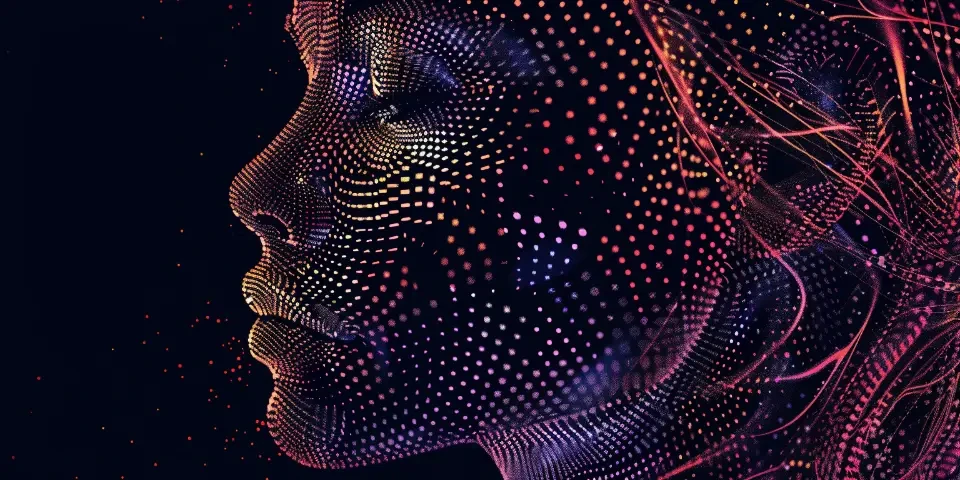Stay Ahead of the Curve AI Card Creator Predicts the Next Meta-Defining Deck
Game development is a time-consuming and demanding process, especially when it comes to creating high-quality assets. However, with recent advancements in artificial intelligence (AI), game developers can now automate asset creation and save precious time and effort. In this article, we will explore how AI is revolutionizing game asset creation and its benefits for developers.
1. Procedural Generation
One of the key applications of AI in game asset creation is procedural generation. AI algorithms can generate vast landscapes, intricate textures, and intricate character models, eliminating the need for manual creation. By defining a set of rules, AI can produce unique assets, saving developers hours of designing and modeling time.

Bullet points: - Procedural generation streamlines asset creation. - AI-generated assets are unique and diverse. - Reduces manual design and modeling efforts by developers.
2. Texture Synthesis
Creating realistic and detailed textures for game environments often requires a significant amount of time and effort. However, AI-powered texture synthesis algorithms can analyze existing textures and generate new ones that seamlessly match the desired style. This technology enables developers to quickly generate a wide variety of textures, improving the visual quality of games while reducing production time.
3. Animation Automation
Animating characters and objects within a game can be a labor-intensive task. AI can automate animation by learning from existing animations or motion capture data and applying that knowledge to generate new animations. This eliminates the need for manual animation frame by frame, enabling developers to focus on more creative aspects of game development.
4. Sound Design
AI algorithms can analyze existing sound effects and music to generate new audio assets that align with the desired mood and atmosphere of the game. This automation significantly reduces the time spent on sound design, allowing developers to have a greater variety of audio assets while maintaining high quality.
5. Level Design Assistance
Creating immersive and engaging game levels can be a complex task. AI tools can assist developers in generating level layouts, placing objects, and even optimizing the gameplay experience. By automating certain aspects of level design, developers can focus on refining and enhancing the overall gameplay rather than spending excessive time on the initial layout.
6. Asset Optimization
AI algorithms can also optimize game assets in terms of file size and performance. By analyzing and understanding the asset's characteristics, AI can reduce the file size without compromising visual quality, improving loading times and overall game performance.
7. Facial Animation
Creating realistic facial animations for characters is a complex and time-consuming process. However, AI-powered facial animation tools can generate lifelike expressions and movements by analyzing existing facial data. This automation allows developers to focus on enhancing storytelling and character development instead of spending excessive time on manual animation.
8. AI Tools for Game Asset Creation
Several AI tools and software have emerged to assist game developers in automating asset creation. Unity, a popular game development engine, offers the 'ArtEngine' tool that utilizes AI to generate realistic textures and materials. Similarly, NVIDIA's 'GauGAN' allows developers to input simple sketches and automatically generates detailed landscapes and textures.
Comparison: While Unity's 'ArtEngine' provides a comprehensive set of tools for various aspects of asset creation, NVIDIA's 'GauGAN' focuses specifically on generating landscapes and textures from simple sketches.
FAQs:
Q: Will AI completely replace human game asset creators?
A: AI technology is a powerful tool that can automate many aspects of asset creation, but human creativity and expertise are crucial in developing unique and innovative game experiences. AI complements human efforts, enabling developers to be more efficient and focus on higher-level tasks.
Q: Can AI-generated assets match the quality of manually created assets?
A: AI-generated assets can achieve impressive quality, often matching or even surpassing manually created assets. However, it's essential to have skilled artists and designers fine-tune and add a personal touch to ensure the assets align with the game's art direction and vision.
Q: Can AI adapt to different art styles and preferences?
A: AI algorithms can be trained on specific art styles and adapt accordingly. By exposing the AI to a variety of references and design choices, developers can guide the AI to match their preferred art styles.
References:
1. Smith, J. (2020). AI and Game Design. CRC Press. 2. Shen, E. (2021). AI-Powered Game Development. Packt Publishing.
Explore your companion in WeMate